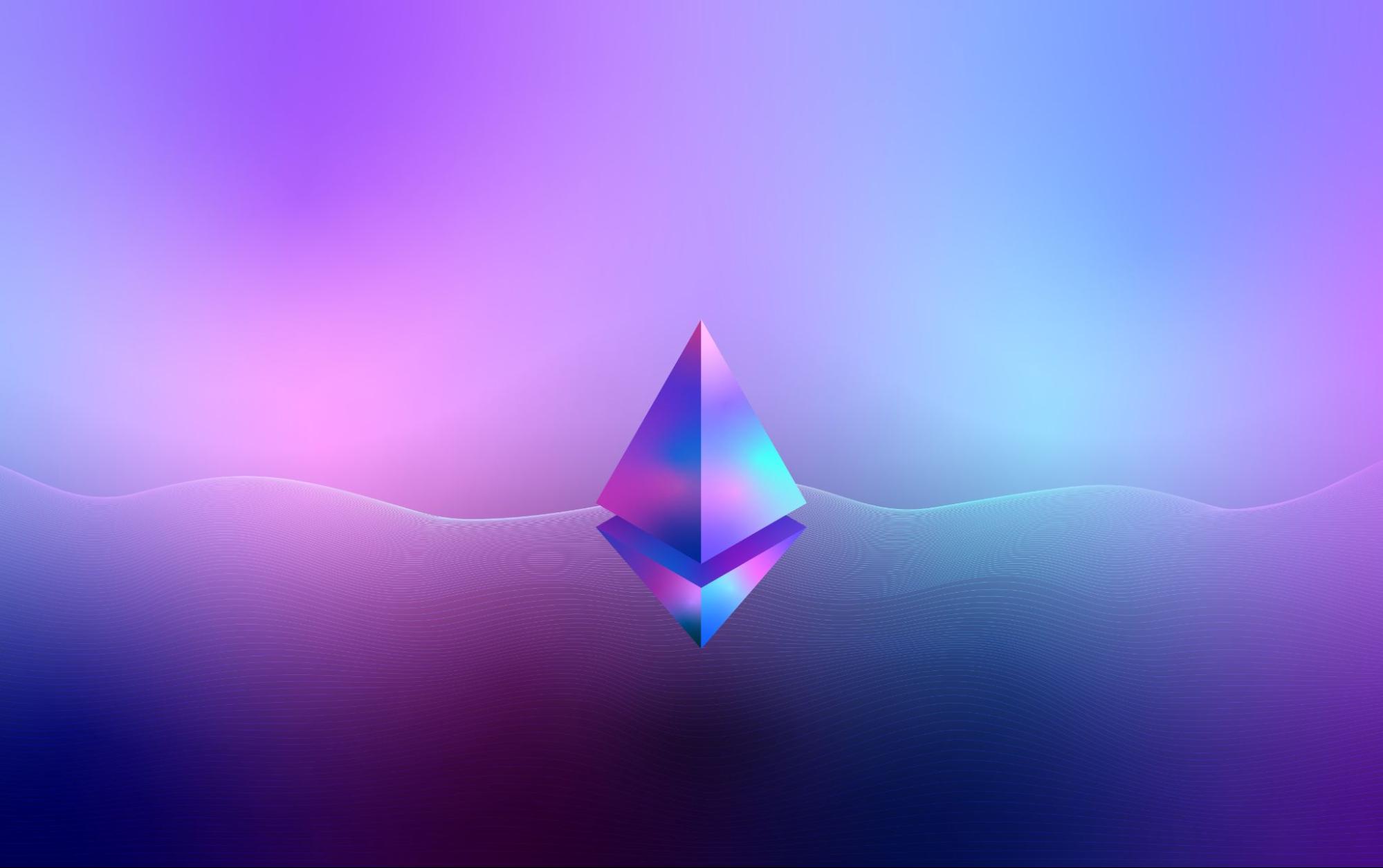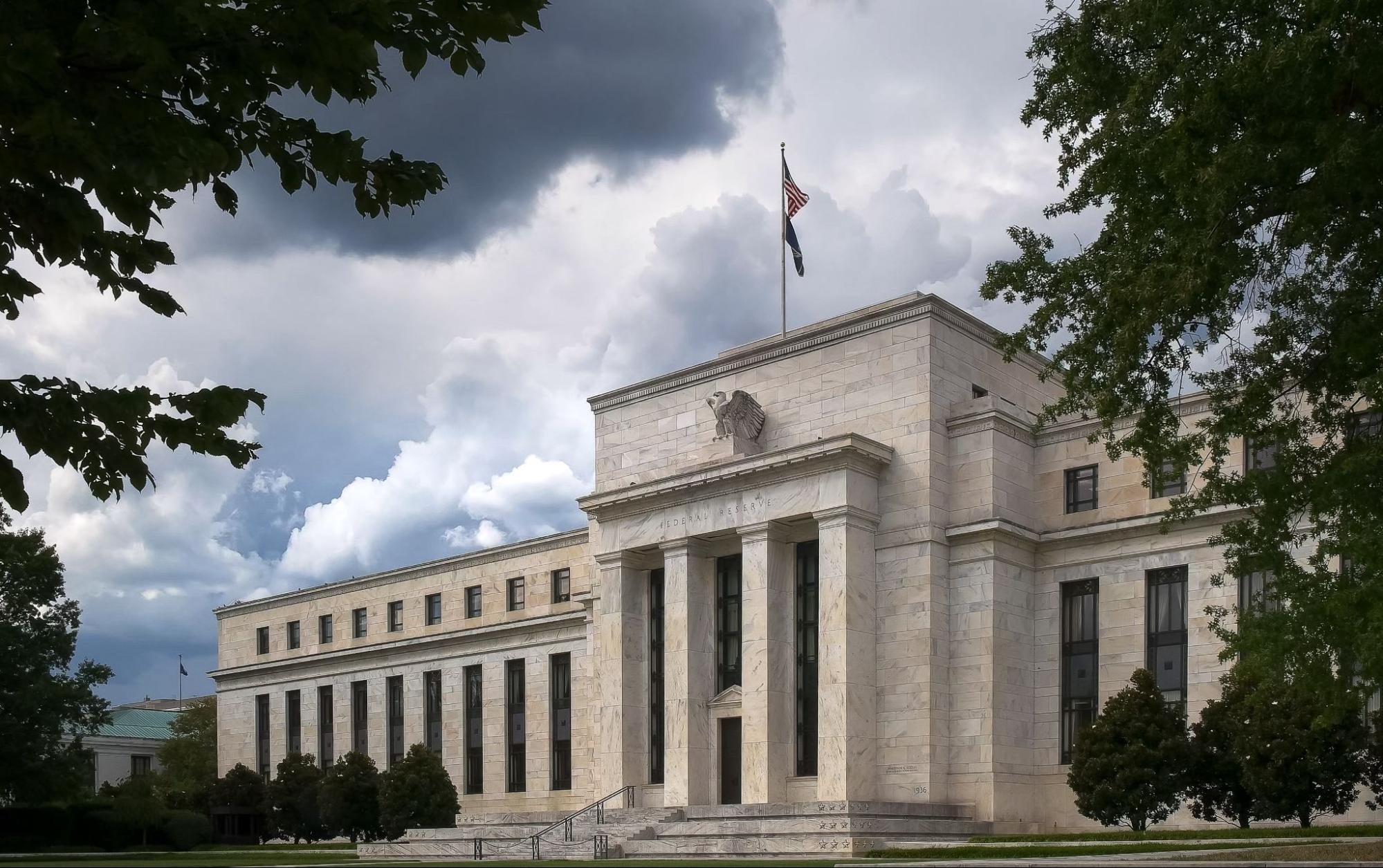Ethereum’s “merge” rally explained

Optimism about Ethereum’s long-awaited “merge” upgrade fueled a crypto market rally to start the week. [Image via Nenad Novakovic]
There’s never a dull moment on the blockchain. Here’s what you need to know this week:
Crypto rallied to start the week. Enthusiasm for Ethereum's upcoming “merge” likely fueled the jump. We’ll explain what it is.
Key cryptoverse quotes. From the first female UFC fighter to get paid in BTC to Polygon’s CEO on joining Disney’s innovation program, here’s what people are saying this week.
Noteworthy numbers. The quantity of ‘Curb Your Enthusiasm’-theme song NFTs minted, and other intriguing figures to know this week.
MARKET UPDATE
Crypto market rallies as Ethereum’s ‘merge’ upgrade approaches final stages
After several weeks of painful headlines, crypto markets saw some relief to start the week. Crypto’s total market cap retook the $1 trillion mark for the first time since mid-June, while Bitcoin rose above 7% to a monthly high of $23,536 on Tuesday. But the biggest momentum driver was Ethereum, which spiked more than 20% to a high of $1,631 on Monday (up nearly 60% from this time last month).
The ETH rally began last Friday after Ethereum developers agreed to an updated September timeline for the blockchain’s long-awaited “merge” upgrade, which will see it move from its current, energy-intensive “proof-of-work” system to a 99% more efficient “proof-of-stake” system. The merge is a complex, multi-year technological feat that's seen many delays. Here’s how it will work and why it matters.
Proof of work is the original crypto “consensus mechanism,” beginning with Bitcoin. It allows many computers across a decentralized network to verify transactions — Ethereum also currently uses this process to create new coins. It requires a huge amount of computer power from virtual “miners” around the world, who compete to solve a time-consuming math puzzle. The winner gets to update the blockchain with the latest block of verified transactions, and is rewarded with a predetermined amount of new ETH.
With the rise of DeFi and NFTs, Ethereum’s network has endured traffic bottlenecks and unpredictable spikes in transaction (gas) fees. Enter proof of stake. Proof-of-stake blockchains — which are used by low-fee ETH alternatives like Solana and Avalanche — are designed to be faster, less resource-intensive, and theoretically more secure. Instead of requiring energy-intensive mining, proof-of-stake networks rely on “validators” that contribute their own ETH as collateral in exchange for a chance to update the blockchain with the latest verified transactions and earn newly minted tokens. (Learn about staking via Coinbase.)
So, what exactly is being merged? Ethereum’s upgrade will combine the current proof-of-work blockchain with a proof-of-stake blockchain called the Beacon Chain, which has been running since 2020. Once complete, the Beacon Chain will take over the process of validating new transactions. Hundreds of thousands of validators have already staked more than 13 million ETH on the Beacon Chain.
On Thursday, ETH developer Tim Beiko suggested the upgrade will happen the week of September 19, but that date “isn’t final.” The merge has been in the works since 2015 and has seen repeated delays (In May, ETH co-founder Vitalik Buterin said August was the goal). However, the recent successful launches of proof of stake on the Ropsten and Sepolia testnets seem to have inspired faith in the new timeline, which includes August’s final trial on the Goerli testnet before September’s main upgrade.
Why it matters… Since Thursday’s Ethereum developer meeting, ETH has rallied an impressive 30%, indicating increased confidence in the new timeline. In another sign of strength for ETH, the cryptocurrency’s options markets on Monday indicated more bullish than bearish bets, signaling upside momentum for the first time in six months. And maybe the most significant (but hardest to quantify) force at play? Narrative. After weeks of adverse headlines about struggling crypto firms, inflation, and the Fed’s rate hikes, the reality that the long-awaited upgrade to the second-biggest cryptocurrency’s blockchain is near might have injected some much-needed optimism into the market. As CoinDesk’s Nathaniel Whittemore notes, “One of the very few narratives that some contend has the power to shift the crypto markets around is the Ethereum merge.”
TAKES
From Disney going web3 to UFC fighters going all in on BTC, the week’s crypto-iest quotes
Prize fighter… “If it was not volatile it would not go up either,” was how Brazilian Luana Pinheiro explained her decision to become the first female UFC fighter, and first athlete in Latin America, to receive their paycheck in Bitcoin. Noting that it can take more than a decade to earn a black belt in jiu-jitsu, Pinheiro said her time horizon with crypto “is equally long if not longer.”
Staying power… While the current crypto downturn may hang around for a while, “people have had a taste of owning their own digital contracts and assets, and that momentum isn’t going anywhere,” write crypto wallet MetaMask’s co-founders in a column for the Defiant looking back at the evolution of crypto in recent years and sharing their expectations for crypto’s next phase.
Crypto central… "For us, the formal economy is no longer an option," said Central African Republic President Faustin-Archange Touadera earlier this month in discussing his country’s launch of Sango Coin, a “national digital currency” expected to debut in the coming week. The country has pushed forward with its plans despite recent market headwinds. In April it became the first country in Africa to make BTC legal tender, according to Reuters.
Walt3... Announcing the news that web3 blockchain network Polygon had been selected to join Disney’s prestigious accelerator program, CEO Ryan Wyatt opted to quote Walt’s own words: “It’s kind of fun to do the impossible.” Polygon was one of six companies — and the only blockchain — chosen for the 2022 class, which is focused on driving innovation in fields such as augmented reality, NFTs, and “artificial intelligence characters.”
NUMBERS TO KNOW
$430 Million
The amount that crypto venture capital firm Multicoin Capital announced it raised for its latest fund. The company says it’s looking to invest in protocols that are incentivizing people “to do verifiable work that builds real-world infrastructure,” or what it calls “proof of physical work,” among other areas within crypto. While the amount of VC money invested in crypto companies was down in the first half of 2022, the overall number of deals increased.
4,300
The number of players invited by Yuga Labs, the creators of Bored Ape Yacht Club, to preview the company’s hotly-anticipated metaverse gaming platform Otherside. All of the initial players, or “Voyagers,” were holders of an Otherdeed NFT, which functions as a digital land deed within Otherside. Apecoin, the game’s associated cryptocurrency, saw its price shoot up more than 20% in conjunction with the game preview.
1
The number of NFTs that were minted of the iconic, and much memed, theme song from “Curb Your Enthusiasm,” the HBO-comedy created by (Super Bowl crypto ad spokesperson) Larry David. The playful tune, known as “Frolic,” was written in the 1970s by Italian composer Luciano Michelini, and will be available for auction on the Counterparty platform along with its original sheet music.
0.47
That is the 40-day correlation between Bitcoin and the Nasdaq 100, which is at its lowest point since January, according to Bloomberg. While Bitcoin hasn’t historically correlated with U.S. stocks — meaning its price hasn’t moved in tandem with the market — both crypto and tech stocks began trading in similar directions during the pandemic stimulus era, thanks to extra consumer cash. Now that fiscal tightening has caused both to fall significantly over the last six months, analysts are waiting to see if crypto will move more independently again.
TUNE IN
The key differences between Bitcoin and Ethereum
BItcoin and Ethereum are the number one and two cryptocurrencies by market cap and the best known — but how similar are they, really? And why is BTC often called digital gold while ETH is compared to digital oil? In the latest episode of Around the Block, host Justin Mart sits down with Alex Leishman, CEO of Bitcoin Bank River, to discuss the fundamentals of either and why he thinks that Bitcoin remains the pinnacle of monetary innovation in an ever-expanding field of cryptocurrencies.
TOKEN TRIVIA
What is ApeCoin?
A
A Bored Ape Yacht Club-affiliated token
B
A crypto with an associated DAO
C
The future currency of Yuga Labs’ metaverse
D
All of the above
Find the answer below.
Trivia Answer
D
All of the above











